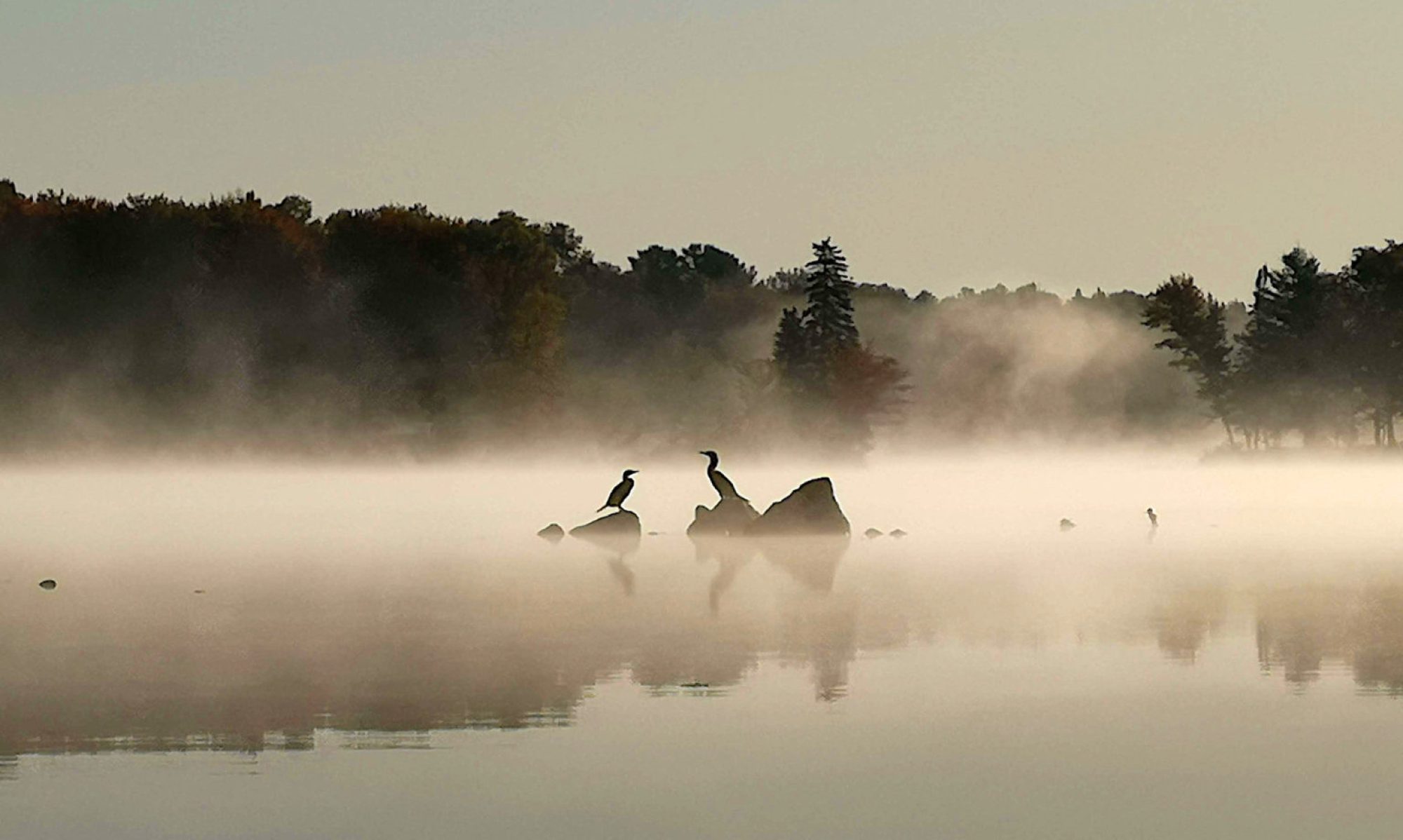
Robert Crease writes for the MIT Press: “In the summer of 1997, an environmental activist and sport fishing boat captain named Bill Smith called actor Alec Baldwin. He wanted to meet him at a diner in Amagansett, where Baldwin had a house, to talk about the nearby Brookhaven National Laboratory. Smith was absolutely convinced that Brookhaven was contaminating the Peconic River and killing people. After the meeting, Baldwin wrote a letter to the East Hampton Star: “Shut down B.N.L.’s reactors immediately,” he demanded, for citizens have the right to “live free from a reckless toxifying government energy policy.” No matter that the High Flux Beam Reactor was unrelated to energy policy and devoted to materials research and medical isotope production. That summer, Baldwin helped crystallize an organization called Standing for Truth About Radiation.”
The horseshoe crab isn’t a crab, its blood is blue, and it predates the dinosaurs

From the Smithsonian Biological Institute: “Scientists have discovered fossils of ancient ancestors of the horseshoe crab that lived 445 million years ago; dinosaurs first appeared about 200 million years later. Horseshoe crabs are arthropods, but they are more closely related to scorpions and spiders, and are the only living members of the Xiphosura order. Unlike human blood, which is red because it contains the oxygen-carrying protein hemoglobin, horseshoe crab blood is blue, because it has a different oxygen protein called hemocyanin. In addition to being blue, horseshoe crab blood contains a unique enzyme that causes it to coagulate when exposed to bacterial endotoxins, and so it is used by biomedical companies to test medicines, vaccines, implants for toxins.”
Note: This is a version of my personal newsletter, which I send out via Ghost, the open-source publishing platform. You can see other issues and sign up here.
Why the Victorians loved to collect hair relics

From Matthew Wills for JSTOR Daily: “In the Victorian era, jewelry made with hair was all the rage. In 1854, the novelist Wilkie Collins wrote that bracelets made of human hair were “in England one of the commonest ornaments of woman’s wear.” Ten years later, Charles Dickens wrote that a man’s watch fob made of hair was the real mark of middle-class respectability. Victorians on both sides of the Atlantic were particularly mesmerized by the hair of the dead. Victorian literature scholar Deborah Lutz finds antecedents in the Christian reliquary tradition, when body parts of saints were considered magical. Protestantism and secularization shifted this fascination toward the sought-after body parts of royals and the very famous (like Napoleon, whose penis is supposedly in New Jersey). By the middle of the nineteenth century, this long Western tradition had become increasingly secular, personal, and private. And concentrated on hair.”
The Codex Sassoon becomes the world’s most valuable book after selling for $38 million

From Jackie Hajdenberg for Forward: “A 1,100-year-old Hebrew Bible became the most expensive book ever sold when it drew a price of $38.1 million at auction at Sotheby’s in New York City. The buyer of the item, known as the Codex Sassoon, was revealed to be the Museum of the Jewish People in Tel Aviv. The museum said Alfred Moses, a former U.S. ambassador to Romania, and his family provided the funds for the purchase. The manuscript is the world’s oldest nearly complete copy of the Hebrew Bible. It was handwritten roughly 1,100 years ago on 792 pages of sheepskin, includes all 24 books of the Bible and is missing only about eight pages. Its writing and layout recall those of Torah scrolls read in synagogue. The seller, Swiss collector Jacqui Safra, had owned the volume since 1989.”
The massive Tunguska explosion of 1908 remains a mystery

From Sophie Pinkham for the New York Review of Books: “On February 15, 2013, a luminous object trailed across the skies above the Russian city of Chelyabinsk. The recent popularity of dashcams in Russia meant that the event was filmed by many of the cars on the road that morning. Soon anyone with an Internet connection could watch a ball of fire arc toward an Orthodox church. Other videos captured an earth-shaking sonic boom. About 1,500 people were injured, mostly by shattered glass, but no one was killed. A little more than a century earlier, on the morning of June 30, 1908, another bright, mysterious object fell from the sky in a remote area of Siberia, near the Tunguska River. The explosion it caused, which had the same power as a 20-megaton bomb, flattened trees for 800 miles.”
Death by beer: The London Beer Flood of 1814

From Brianna York at History Defined: “While the concept of a flood of beer filling the streets of your city does not sound frightening at first, the London Beer Flood of 1814 was a terrifying disaster that took eight people’s lives. The Horse Shoe Brewery was located at the corner of Great Russell Street and Tottenham Court Road. In 1810, the brewery had installed a 22-foot-high wooden fermentation tank to brew porter. The vat was held together with iron rings and held approximately enough to fill 3,500 barrels of brown porter ale. On October 17th, 1814, one of the iron rings of the vat failed. An hour later, the tank ruptured and three hundred and twenty thousand gallons of beer flooded the factory and smashed through the wall at the back of the yard. The wave of beer was not only hot and smelly, but it was also fourteen or fifteen feet high.”
Two sea urchins fighting over a piece of lettuce
From Grub on Twitter

@mathewi It’s weird how people take sides over an issue that they don’t necessarily understand.